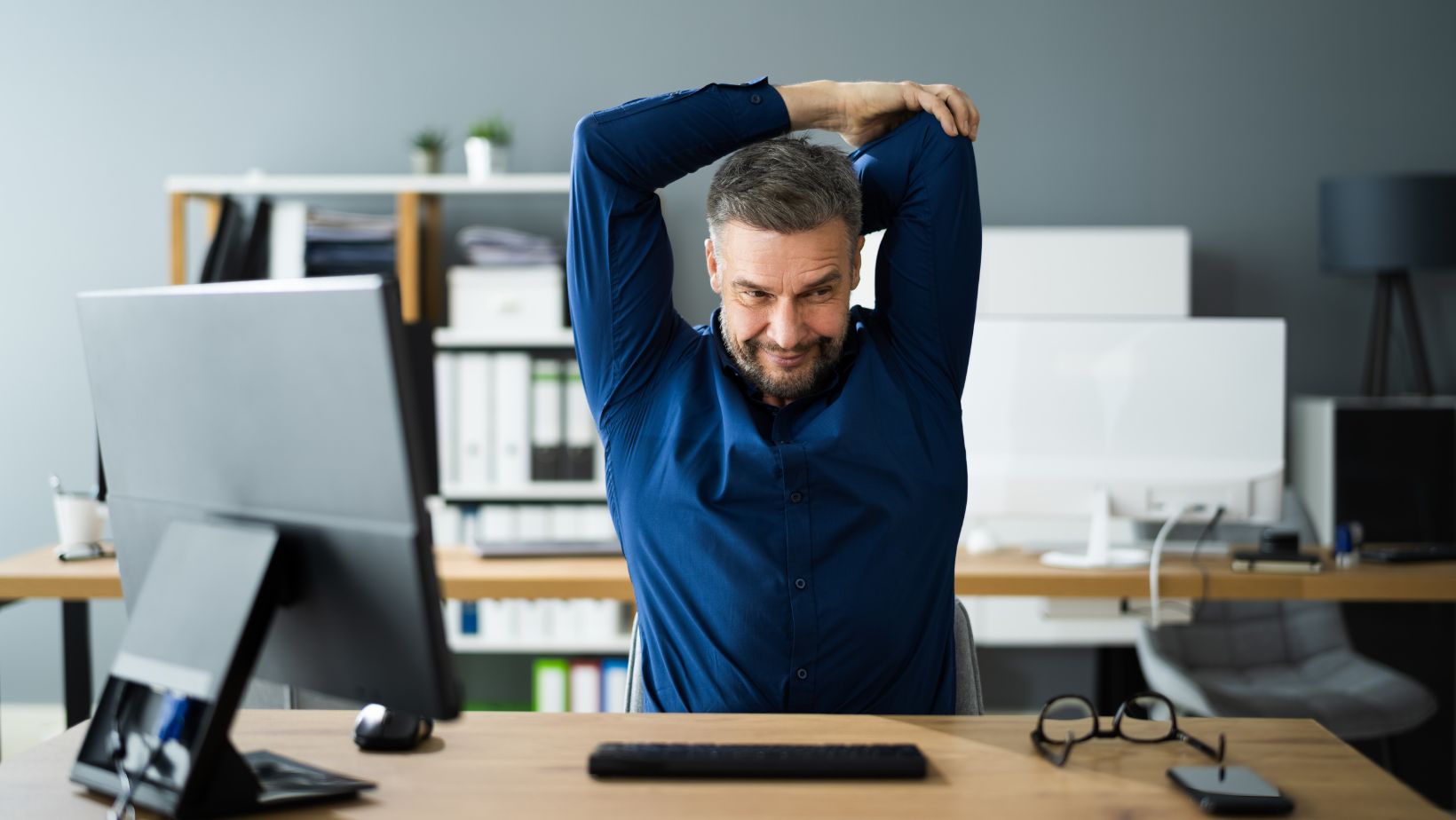
Office discomfort isn’t always loud. It creeps in quietly through tight shoulders, sore backs, stiff necks, and wrists that get cranky after lunch. These are the daily aches that add up over time. If you’ve ever worked a full day at a desk and left feeling more drained than expected, the setup is probably part of the problem.
Comfort at work doesn’t mean indulging. It’s part of the business capital expended to keep everyone productive and focused, with better control of the space. That’s where thoughtful desk design and ergonomic seating come in.
It doesn’t matter how good your chair looks. The price tag is also irrelevant. If it doesn’t fit your body or support your movements, it’s not doing its job.
The Desk Isn’t Just a Surface
Let’s start with the desk. Most desks on the market assume people are all the same height and build. Spoiler: we’re not.
A desk that’s too high forces shoulders up and wrists down. A desk that’s too low makes you hunch. Such small mismatches can mess with your posture. Over time, they affect how your body feels and functions during and after work.
The shape matters, too. Rounded edges are way more comfortable for resting forearms. Deep surfaces let you position monitors at a better distance. And when there’s clutter all over because there’s no built-in storage? That adds a mental load, too.

Desks should be adaptable, even if they’re not motorized. That can mean height-adjustable legs, sliding keyboard platforms, or simply offering more depth for flexibility.
Your Chair Is the Other Half of the Equation
Now, let’s talk about the chair.
People spend at least seven hours a day leaning their backs in this seating. Many people consider the aesthetic. Others assume that the price or vibe is always commensurate with the ergonomic factor. However, this is quite untrue. If it doesn’t support your back or let you move naturally, it’s working against you. Therefore, the “ergonomic” label was only used to lure unknowing people.
The right chair supports your pelvis and lower back so your spine can stack properly. It allows your feet to sit flat on the floor and gives your arms enough space to move without shrugging your shoulders. Too many chairs lock people into stiff, awkward positions. That’s a fast way to discomfort.
Chairs that allow slight rocking, adjustable lumbar support, and multi-directional armrests make a real difference. That’s the core of what ergonomic office chairs are designed to offer—support that adapts to you, not the other way around.
What Actually Impacts Day-to-Day Comfort
A few small tweaks can completely shift the way a workstation feels. These aren’t headline-grabbing features, but they’re the kind of adjustments that matter once you’re three hours into your day:
- Seat height and depth need to match your leg length. If your knees are higher than your hips or you’re sliding forward, the chair isn’t set right.
- Armrest positioning should let your shoulders relax. If your elbows are floating, your neck is picking up the slack.
- Desk clearance underneath should allow free leg movement. A filing cabinet under your knees restricts posture shifts.
- Monitor height and distance, which should let your eyes look straight ahead without tilting your head. A stack of books or a proper monitor riser can help.
- Keyboard and mouse positioning need to let your wrists stay neutral—not bent upward or reaching forward all the time.

None of these changes are complicated. But when they’re overlooked, they chip away at energy, focus, and well-being. Getting these right feels like night and day.
Comfort Is About Movement, Too
No chair, no matter how fancy, is going to fix everything if you don’t move. Bodies weren’t meant to sit still. We do best when we’re allowed to shift, stretch, lean, and even stand throughout the day.
That’s why pairing a good chair with a flexible desk setup works so well. It lets you change posture as your body needs it. Some people thrive with sit-stand desks. Others just need a bit more legroom and a place to stretch.
The trick is to stop designing around furniture specs and start thinking about real human use. What feels good? What encourages natural posture and movement? What stops people from fidgeting or needing to stretch every 20 minutes?
Once you start paying attention to that, comfort becomes easy to spot—and even easier to fix. The best setups don’t just prevent discomfort. They create a workspace that people actually want to spend time in. And in the long run, that’s what keeps teams working better, longer, and happier.


















